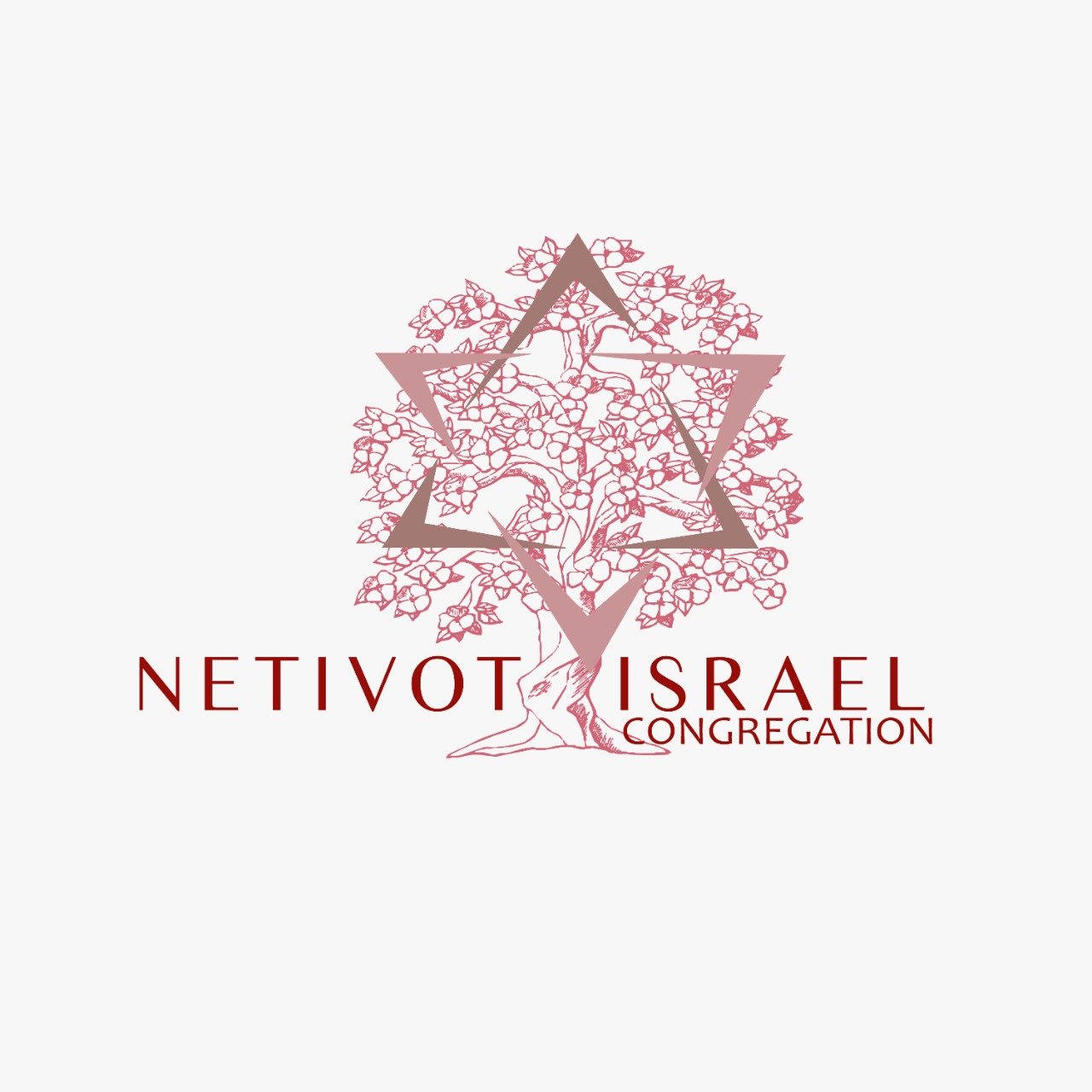Terumah
Parashat Terumah – Holy Undertakings
Most of the next five parashiyots detail the building of the mishkan which served all the sacrificial
duties until the Beit Hamikdash was actually built. The building of the mishkan was prefaced with the
following command: “And they shall make for me a Tabernacle, and I will dwell amongst them ”. Rashi
explains that when Hashem said “for me” he was instructing that the activity should be done lishma (for
Hashem’s name), in other words, with a constant awareness of kedusha while performing the mitzvah.
This is not the only mitzvah that must be done lishma; others include writing a sefer Torah, tefillin,
mezuzot, or even a get (bill of divorce), but it is nonetheless unique in its significance – if the activity was
not done lishmah, Hashem would not rest his shechinah there!
Indeed, the pasuk details 13 items required in order to build the mishkan and create the garments of the
kohanim, including gold, silver, copper, blue wool and red thread, amongst others. The Sforno points out
that the pasuk stresses that only these items could be brought and not any others, even if it were an
item whose value could be used to purchase these items. Again, we encounter the idea that the building
of the mishkan had to be exactly as Hashem commanded in order for its desired outcome to take effect.
The Rambam (Hilchot Beit Habechira 1:20) writes that the Beit Hamikdash must also be built from the
very beginning lishmah. Consequently, he rules that if one of the utensils is made for mundane
purposes, it can never be put to sacrificial use. Additionally, once a utensil has been used in the Temple
service, it may never be used for mundane matters.
The Importance of a Firm Beginning
How are we to understand the above concept? Why was Hashem so particular regarding this mitzvah
that it had to be done with the correct intentions and in the precise manner that was outlined, to the
extent that if it would not be so, the shechinah would not rest there?
It would appear to suggest a simple but powerful idea, outlined in many sefarim of mussar. Anything
that involves extra holiness must be done for the sake of heaven, and must be undertaken from the
onset with extreme precision and concentration. When something holy is performed, it must have a
strong foundation holding it up, and when this is the case, the rest of the building will stand firm and
stable.
As said in last week’s Parasha, the Bnei Yisrael came out of Egypt in order that they would serve
Hashem and be His chosen nation. The method in which they would serve Hashem would manifest itself
first and foremost in the mishkan, where Hashem’s presence would most acutely be felt here on this
physical earth. Because of this, it was of utmost importance that the way in which this would be
achieved would be performed with clarity and precision, in order that such a monumental and holy
building could rest firmly on solid and stable foundations.
Rabbi Gad Bouskila

